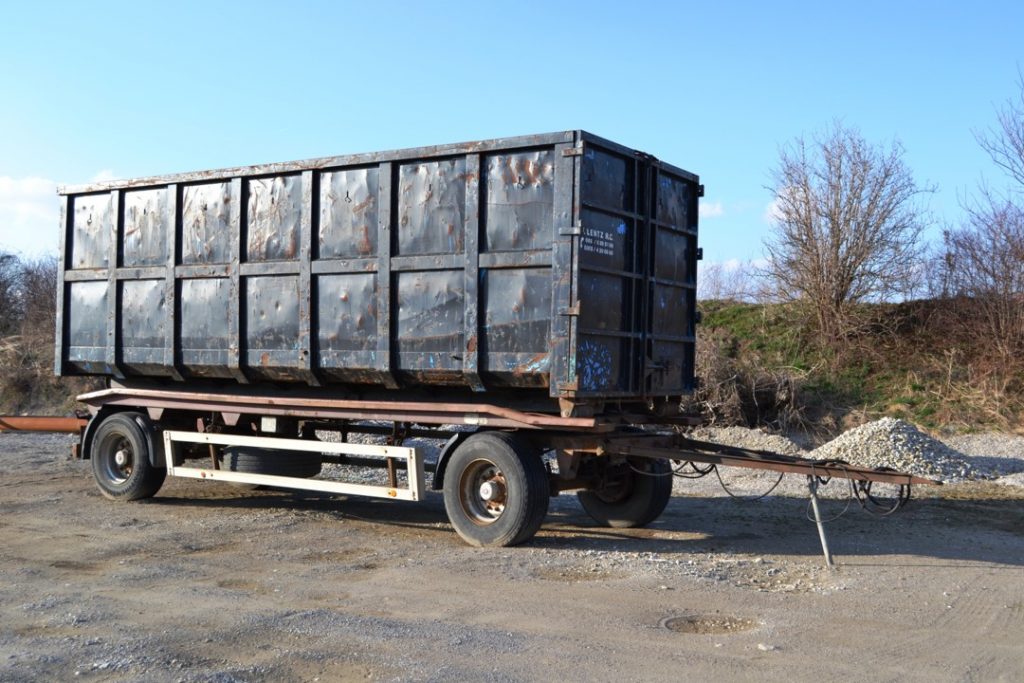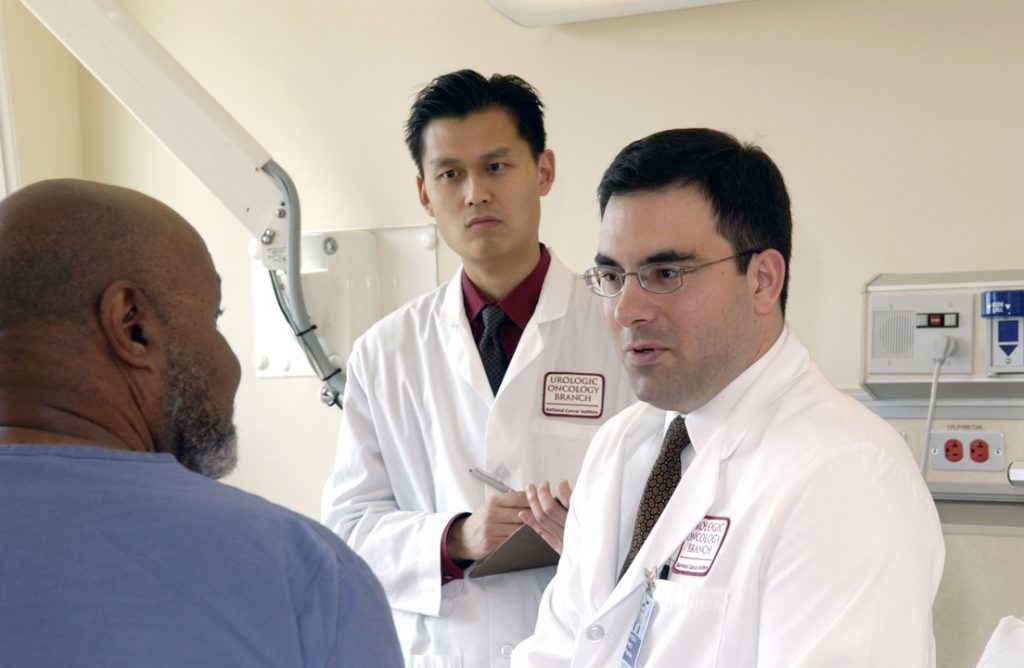 In deciding whether to dismiss a specific case, the Appellate Court should consider many factors. Among them are subject matter jurisdiction and statutory of limitation. The claims might be dismissed if they are filed to a wrong court which does not have the legal power to adjudicate on this case, or if they are filed too late (peremption) because laws encourage people to file a lawsuit timely.
In deciding whether to dismiss a specific case, the Appellate Court should consider many factors. Among them are subject matter jurisdiction and statutory of limitation. The claims might be dismissed if they are filed to a wrong court which does not have the legal power to adjudicate on this case, or if they are filed too late (peremption) because laws encourage people to file a lawsuit timely.
In 1996, Leonard Bracken (“Bracken”) exposed himself to sulfur mustard, widely known as mustard gas, at a facility which was owned by Georgia Gulf Corporation in Plaquemine, Louisiana. Bracken agreed to a global settlement. On October 27, 1999, a workers’ compensation judge (“WCJ”) approved the settlement. Bracken alleged that when he signed on the settlement, he had no idea that the settlement would deprive his right to file any workers’ compensation claims in the future and this is because his former attorney deliberately misled him. On February 2, 2015, Bracken filed a petition in the Nineteenth Judicial District Court (“19th JDC”), seeking to vacate the WCJ’s approval of the settlement and grant his right to file any workers’ compensation claims arising from the bad accident in 1996, because this is a judgment obtained by fraud or ill practice. Bracken listed various parties as defendants, e.g. Georgia Gulf Corporation and Worker Compensation Tribunal. In response, defendants timely filed exceptions raising the objections of, among other things, lack of subject matter jurisdiction, prescription/peremption and sanctions. On June 1, 2015, after a hearing was held, the 19th JDC held that all the exceptions were sustained and Bracken’s petition was dismissed. Then the 19th JDC dismissed Bracken’s motion for a new trial but granted Bracken a devolutive appeal (in which the appellate courts can determine on some issues while the trial court continue on other issues, rather than suspend).
The jurisdiction of the subject matter is a court’s legal authority and power to hear, analyze and make judgment regarding a particular class of cases. La. C.C.P. art. 2. Even if both parties reach an agreement to give a court the legal power to hear their case, this agreement is not valid at all. A judgment by a court which has no power to hear a case is not valid. La. C.C.P. art. 3. To invalidate a judgment which is reached by ill practice or fraud, the case should be filed to the court which made that judgment. Bracken’s settlement was approved by the Office of Workers’ Compensation Administration (“OWCA”), not 19th JDC, so Bracken should file this lawsuit to OWCA. In addition, all claims which arises from the Louisiana Workers’ Compensation Law may be filed to OWCA, since WCJ have the exclusive and original jurisdiction. La. R.S. 23:1310.3(F).
 Louisiana Personal Injury Lawyer Blog
Louisiana Personal Injury Lawyer Blog


 Insurance policies are often complex and difficult to understand. However, especially when an insurance policy is at issue in a lawsuit, it is essential that you fully read and understand what the insurance policy covers in order to maximize your chance of recovery success, as well as understand the principles that courts use in interpreting policy provisions.
Insurance policies are often complex and difficult to understand. However, especially when an insurance policy is at issue in a lawsuit, it is essential that you fully read and understand what the insurance policy covers in order to maximize your chance of recovery success, as well as understand the principles that courts use in interpreting policy provisions. Often workers’ compensation claims focus on the nature of the injury that one argues makes them eligible to receive workers’ compensation benefits. However, in situations where there is more ambiguity surrounding one’s employment status, there can be an additional difficulty in determining if one’s employment classification makes one eligible to receive workers’ compensation benefits.
Often workers’ compensation claims focus on the nature of the injury that one argues makes them eligible to receive workers’ compensation benefits. However, in situations where there is more ambiguity surrounding one’s employment status, there can be an additional difficulty in determining if one’s employment classification makes one eligible to receive workers’ compensation benefits. Timing is everything, especially when it comes to lawsuits. If you delay too long in filing a medical malpractice lawsuit, then you – like Mr. Verbois – may be unable to recover for the alleged negligent acts.
Timing is everything, especially when it comes to lawsuits. If you delay too long in filing a medical malpractice lawsuit, then you – like Mr. Verbois – may be unable to recover for the alleged negligent acts. In the legal world, establishing fault and determining liability is not always easy. In some situations, it may seem clear who is responsible for recovery, but in other cases the situation can become much more difficult than it initially seemed. This issue was explored after an automobile accident in Acadia Parish.
In the legal world, establishing fault and determining liability is not always easy. In some situations, it may seem clear who is responsible for recovery, but in other cases the situation can become much more difficult than it initially seemed. This issue was explored after an automobile accident in Acadia Parish. When car accidents happen, it seems natural that those who are injured are compensated by those who are at fault. Depending on the legal jurisdiction, the rules may differ surrounding how fault is assigned and how much recovery is permitted. These rules can be strict, such as no recovery if the injured person was even slightly at fault, or the party most at fault is liable for all damages. The rules can also be proportional, such as allocating recovery based on the percentage of fault each party contributed. This issue was explored in an appeal from an Orleans Parish lawsuit after a 2011 automobile accident.
When car accidents happen, it seems natural that those who are injured are compensated by those who are at fault. Depending on the legal jurisdiction, the rules may differ surrounding how fault is assigned and how much recovery is permitted. These rules can be strict, such as no recovery if the injured person was even slightly at fault, or the party most at fault is liable for all damages. The rules can also be proportional, such as allocating recovery based on the percentage of fault each party contributed. This issue was explored in an appeal from an Orleans Parish lawsuit after a 2011 automobile accident. In the workplace, providing a safe environment through training, communication, and safety standards can help create an injury-free workplace. Yet, despite every precaution, accidents can still happen and then the situation becomes one of determining whose negligence caused the injury. This issue was explored in a maritime action filed on May 9, 2012 in the Twenty-Ninth Judicial District Court for the Parish of St. Charles.
In the workplace, providing a safe environment through training, communication, and safety standards can help create an injury-free workplace. Yet, despite every precaution, accidents can still happen and then the situation becomes one of determining whose negligence caused the injury. This issue was explored in a maritime action filed on May 9, 2012 in the Twenty-Ninth Judicial District Court for the Parish of St. Charles.  Sometimes it is easily apparent when one party is liable in a car accident, such as when the facts leave little room for dispute. However, it may not be as easy to determine the amount of damages the plaintiff should receive. How should pain and suffering be calculated? And how much of this pain and suffering is a result not of the accident but of natural course of aging or a preexisting condition? This issue of calculating damages was recently explored in a DeSoto Parish, Louisiana, lawsuit.
Sometimes it is easily apparent when one party is liable in a car accident, such as when the facts leave little room for dispute. However, it may not be as easy to determine the amount of damages the plaintiff should receive. How should pain and suffering be calculated? And how much of this pain and suffering is a result not of the accident but of natural course of aging or a preexisting condition? This issue of calculating damages was recently explored in a DeSoto Parish, Louisiana, lawsuit. In the typical employee-employer relationship there is a certain aspect of trust. For the employer, they must trust that the employee is doing their job properly, and the employee must trust the employer will ensure a safe environment to perform their job. This case deals with a situation involving the trust of a safe workplace, and answers the question if an injury can be considered “on the job” if symptoms do not materialize for days following the accident.
In the typical employee-employer relationship there is a certain aspect of trust. For the employer, they must trust that the employee is doing their job properly, and the employee must trust the employer will ensure a safe environment to perform their job. This case deals with a situation involving the trust of a safe workplace, and answers the question if an injury can be considered “on the job” if symptoms do not materialize for days following the accident. When one is injured due to the negligence of another, it is reasonable to expect an award of damages. However, the plaintiff must first prove all the elements of negligence. Not only must a plaintiff prove the defendant had a duty of care which the defendant violated, but the plaintiff must also offer evidence that shows the defendant’s conduct was the factual and legal cause of the plaintiff’s injuries. For many cases, the causal connections can be difficult to prove and requires expert testimony. For these reasons, a good lawyer is essential for the successful outcome of a negligence suit.
When one is injured due to the negligence of another, it is reasonable to expect an award of damages. However, the plaintiff must first prove all the elements of negligence. Not only must a plaintiff prove the defendant had a duty of care which the defendant violated, but the plaintiff must also offer evidence that shows the defendant’s conduct was the factual and legal cause of the plaintiff’s injuries. For many cases, the causal connections can be difficult to prove and requires expert testimony. For these reasons, a good lawyer is essential for the successful outcome of a negligence suit.